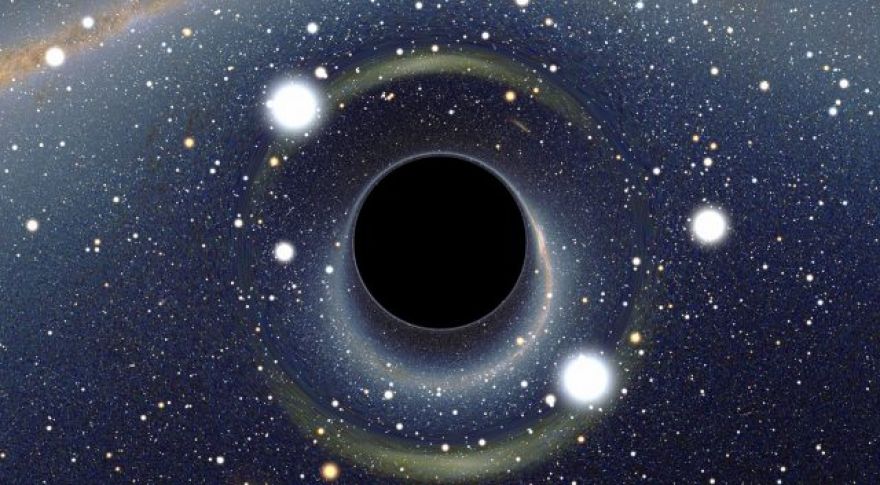
Scientists Discover Black Hole Too Massive for Current Theories
Scientists have found many truly massive black holes in the cosmos, some of which weigh in at millions of billions of times the mass of our sun. These monsters lurk at the heart of galaxies like the and , but smaller stellar-mass black holes can be anyplace. Astronomers have spotted one of these black holes in our galactic backyard, but it’s a bit heftier than it ought to be. In fact, it by sitting between the stellar mass and supermassive varieties.
The mystery started when a team led by Jifeng Liu, deputy director-general of the National Astronomical Observatories of China, spotted a star called LB-1 a mere 13,800 light-years away.
The star orbits the black hole once every eight days. While the black hole is not visible, we know LB-1’s mass (about eight times the sun) and can, therefore, estimate the black hole’s heft. Surprisingly, the invisible black hole in this system seems to be 68 times more massive than the sun. Clearly, this is not the heaviest black hole in the universe — astronomers regularly clock supermassive black holes many thousands of times larger. However, a stellar-mass black hole that exists after a large star collapses should top out around 25 solar masses.
The M87 supermassive black hole imaged earlier this year.
Our current models of star life cycles predict that a large star will lose most of its mass in powerful stellar winds as it runs out of fuel. Thus, the resulting black hole will be smaller than the star’s original mass — that’s how we get to 25 solar masses as the approximate ceiling. Finding a black hole significantly larger than 25 solar masses is perplexing, to say the least. Although, this does match with some other preliminary results. The LIGO gravity wave detector recently detected black hole collisions in a distant galaxy, and these objects appear to be past the 25-solar-mass barrier.
It’s going to take some work before we fully grasp what’s going on with LB-1’s black hole companion. It could be that we have a fundamental misunderstanding of black hole formation. It’s also possible the distance measurement for LB-1 is off. If it’s closer, and therefore less luminous, then it’s also less massive. That could mean the black hole is also smaller than calculated. Other teams will have to make their own observations to confirm the Chinese team’s results.
Now read: